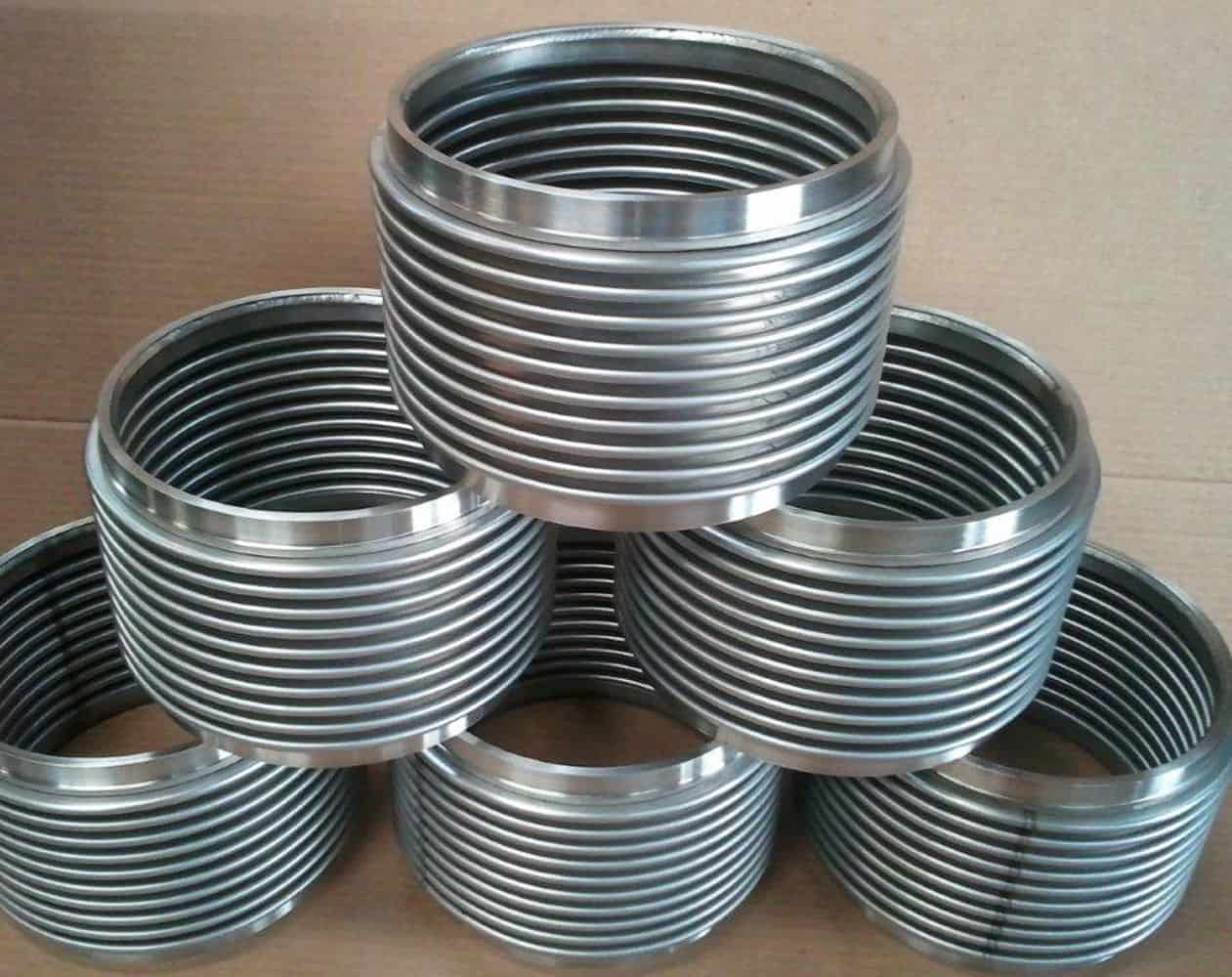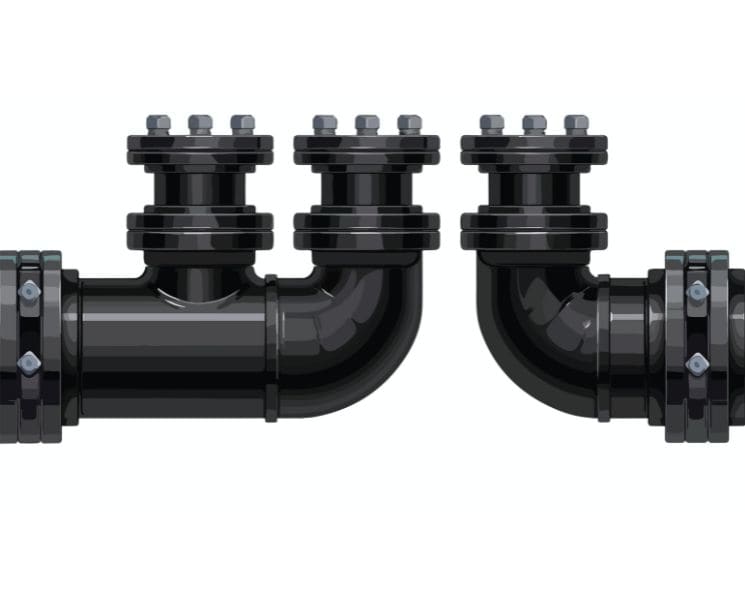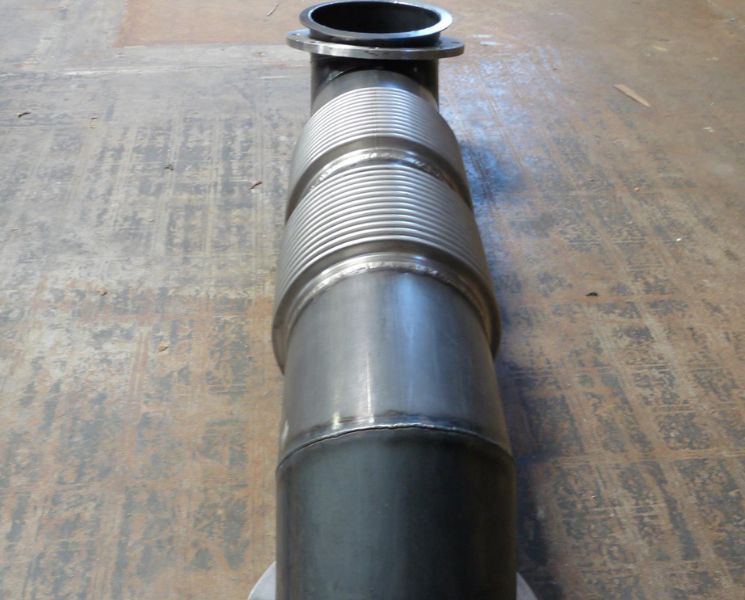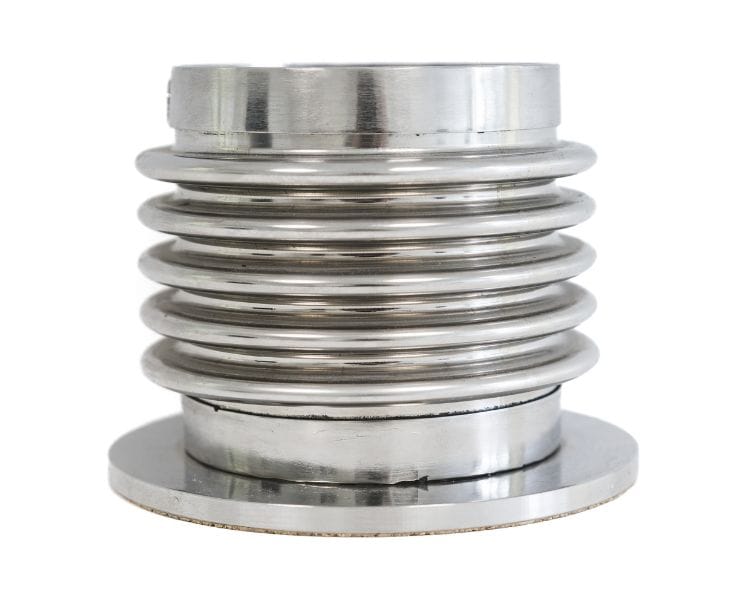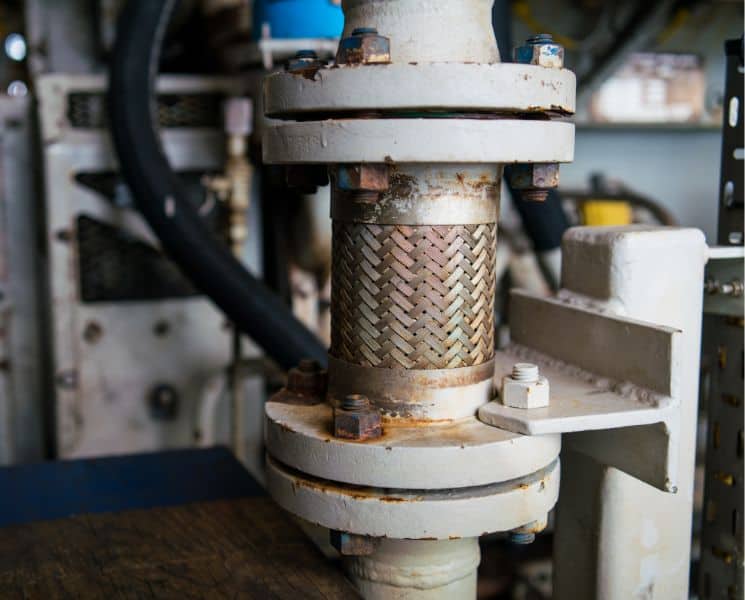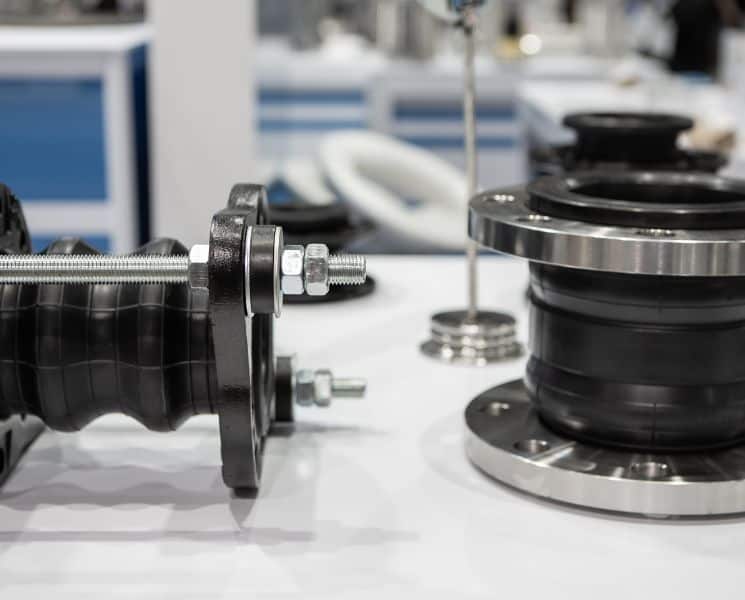A machine only runs as well as its weakest link. So in order to ensure your equipment is always in tiptop shape, it’s important to use quality parts, no matter what you’re manufacturing or building. One component you want to make sure is of the utmost quality and standard is your metal bellows. This is also the case for metal bellows.
Metal bellows also ensure the final product is flexible but also durable—able to withstand all the work to come for years at a time.
Metal bellows also serve the purpose of pressure and vibration control in efficient machinery components.
Since they are crucial to sealing components, and ensuring a job well done, it’s important to understand just how metal bellows are made.
Therefore, continue reading to learn five facts about the metal bellow making process.
1. You must consider the design before you start
When designing the bellow, it’s important to think ahead. Here is a list of what you need to consider before you start the next manufacturing methods.
- The sealing. Are you using expansion joints?
- Consider temperature and other environmental factors
- Pressure are stroke design
2. Metal bellows come in different substances
These substances include different metals such as:
- Bronze
- Brass
- Nickel
- Copper
- Aluminum
3. Lubrication is one of the final steps in how metal bellows are made
Lubricant helps prevent corrosion and wear and tear done to the moving parts.
4. Manufacturing metal bellows is a difficult process
It’s an intricate series of steps that requires careful planning and meticulous work.
5. There are different ways to manufacture different kinds of metal bellows
One of the reasons this is a complicated process is that there is a multitude of ways you can create metal bellows.
Seam-welded, electro-form, and edge-welded are just a few of the many types of bellows.
Conclusion
As you can see, there’s a lot to how metal bellows are made. It’s not just a one and done process. Metal bellows are sure to prove their handiness time and time again, so be aware that the perfect part can help mechanical and electrical devices run smoother and more efficiently.

